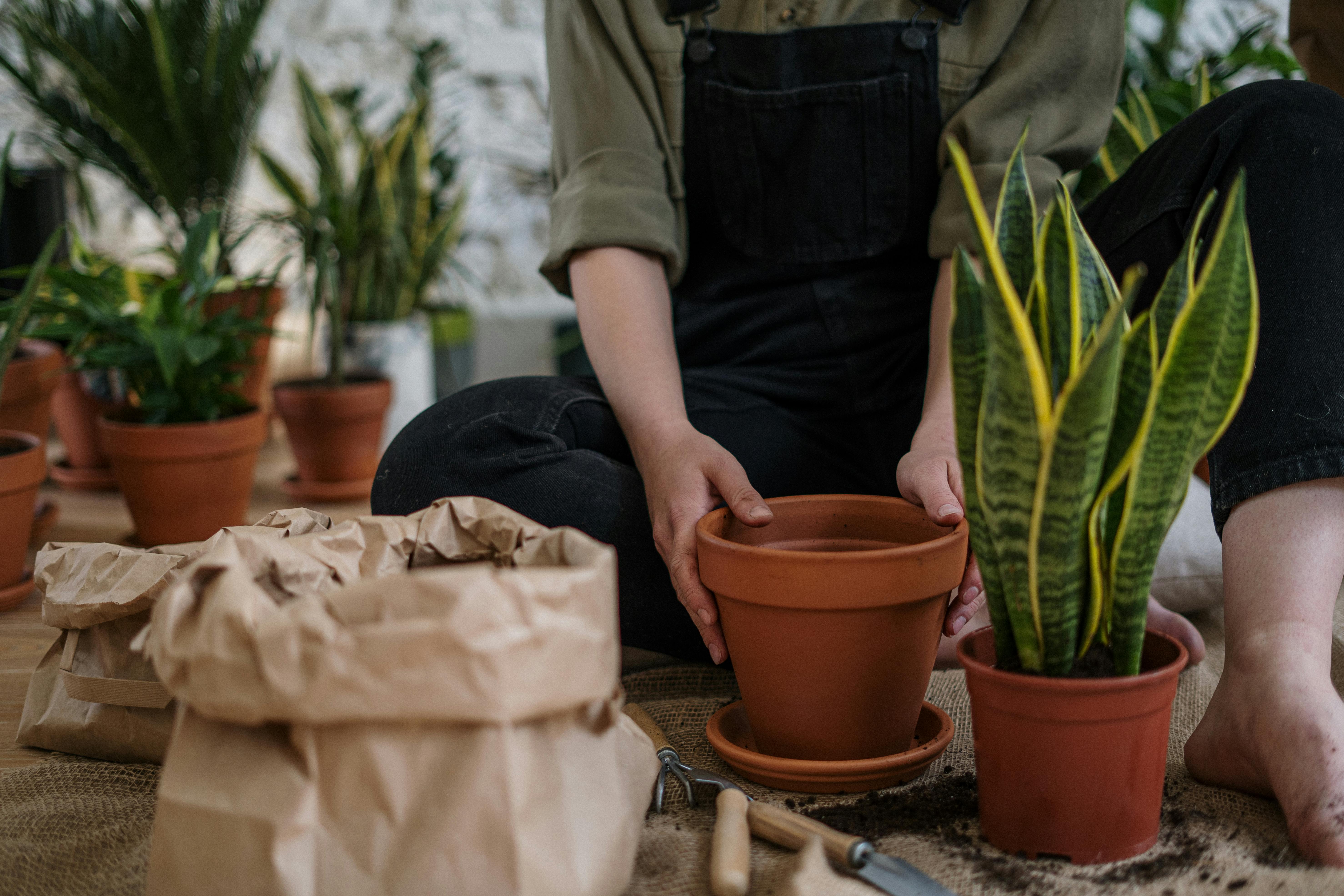5 Easy Microgreen Growing Mistakes to Avoid for Abundant Harvests

5 Easy Microgreen Growing Mistakes to Avoid for Abundant Harvests
Growing microgreens at home can be a rewarding experience, providing fresh, nutritious greens year-round. However, first-time growers often encounter challenges that can be easily avoided with the right knowledge. Let's explore the most common mistakes and how to overcome them.
1. Overwatering
The most common mistake in microgreen cultivation is overwatering. Excess moisture creates perfect conditions for mold and fungal growth, leading to crop failure.
Solution: Water from the bottom by placing your growing tray in a shallow container of water for a few minutes, allowing the soil to absorb moisture through drainage holes. When top-watering, use a spray bottle to apply a fine mist rather than pouring water directly.
2. Poor Air Circulation
Stagnant air creates humid conditions that promote mold growth and weak stems.
Solution: Ensure good airflow around your growing trays. Use a small fan on low setting nearby or place trays in a well-ventilated area. Avoid overcrowding your plants.
3. Incorrect Seeding Density
Too many seeds create competition and weak growth, while too few result in low yields.
Solution: For most varieties, aim to cover the soil surface without seeds overlapping extensively. Generally, about 10-12 seeds per square inch works well for medium-sized seeds like sunflower or pea, while smaller seeds like broccoli or radish may need 15-20 seeds per square inch.
4. Insufficient Light
Inadequate light causes leggy, pale microgreens that topple easily and lack flavor and nutrition.
Solution: Place your trays on a south-facing windowsill or under grow lights positioned 3-4 inches above the plants for 12-16 hours daily. Rotate trays regularly if using natural light to ensure even growth.
5. Harvesting Too Late
Many growers wait too long to harvest, resulting in bitter flavors and tougher texture.
Solution: Most microgreens are ready when they've developed their first true leaves, typically 7-14 days after germination depending on the variety. Harvest by cutting just above the soil line with clean, sharp scissors.
By avoiding these common mistakes, you'll be well on your way to producing abundant, healthy microgreens at home. Remember that each variety has specific requirements, so don't hesitate to reach out to us at SAGreens for variety-specific growing advice!
Related Articles
The Nutritional Powerhouse: Why Microgreens Pack a Bigger Punch Than Mature Vegetables
Discover why these tiny greens contain up to 40 times more nutrients than their fully-grown counterparts.
Microgreens indian Cuisine: Traditional Dishes with a Nutritional Twist
Discover how to incorporate locally grown microgreens into traditional Indian recipes for enhanced flavor and nutrition.
From Seed to Harvest: A Complete Guide to Growing Sunflower Microgreens
A step-by-step tutorial for growing the perfect batch of nutritious sunflower microgreens at home.
Join Our Growing Community
Subscribe to receive growing tips, seasonal updates, and exclusive offers on our organic microgreens and seeds.